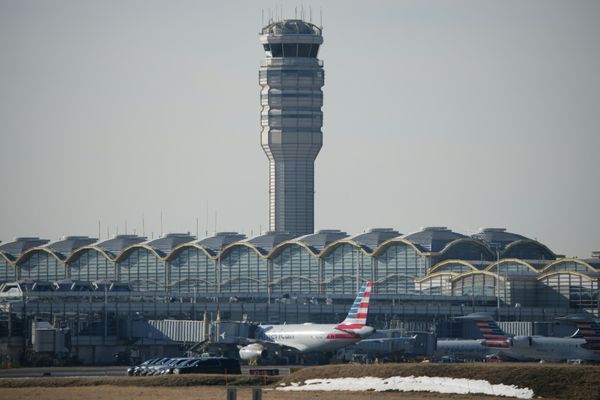
With US Federal Reserve chair Jay Powell flagging an interest rate cut — just in time to turbocharge Kamala Harris’ surging campaign against Donald Trump — the Reserve Bank of Australia is looking very lonely in its stolid insistence that it could lift interest rates yet again.
The Bank of England has cut rates, the European Central Bank has cut rates, the Reserve Bank of New Zealand (which has clobbered the Kiwi economy into a deep malaise, with annual growth of just 0.2%) has cut rates, while the People’s Bank of China has cut rates twice this year. Rate cuts have come from other central banks in Canada, Denmark, Hungary, Switzerland, Sweden, Chile, Brazil and Czech Republic.
Suddenly the inflation hawks who have previously written about how the Fed lifting rates “puts pressure” on the RBA to do the same are nowhere to be seen.
On Friday at the Kansas City Fed’s annual Jackson Hole conference, Powell was, for a central banker, blunt: “The time has come for policy to adjust. The direction of travel is clear, and the timing and pace of rate cuts will depend on incoming data, the evolving outlook, and the balance of risks … My confidence has grown that inflation is on a sustainable path back to 2%.”
“There is good reason to think that the economy will get back to 2% inflation while maintaining a strong labour market,” he said — the ideal outcome from a Democrat Party point of view.
Powell then added something that you would be very unlikely to hear from RBA governor Michele Bullock: he didn’t “seek or welcome further cooling in [the] labour market.”
There are three remaining Fed meetings this year across September, November and December, and a flood of economists, analysts and commentators are tipping rate cuts in at least two of the three.
The incoming data Powell referred to includes the coming second estimate of June quarter GDP (any lowering of the initial result of an annual 2.8% will probably bring forward a rate cut). Friday brings the Personal Consumption Expenditure spending, income and price data, which the Fed favours as providing a more accurate core price index. There’ll also be a headline inflation data for August right before the September meeting.
But the August jobs data released on September 6 will be the most telling figure. The Fed is worried about the rise in the unemployment rate from 4.1% to 4.3% in June and the sharp fall in the number of new jobs in July (to 114,000 and well under the most recent average of around 174,000).
If there’s another low figure for August and a steady or higher jobless rate, then a rate cut of 0.5% is on the cards.
But no matter the figures, the Fed has effectively left the RBA marooned, with Bullock and the board having talked themselves into a corner and unable to respond to an economy barely ticking over without worrying about their reputations as inflation fighters. Luckily, our jobs market looks to be stronger than America’s, with strong job creation and continuing record participation — no thanks to the RBA.
Does the RBA need to change its tune on interest rates? Let us know your thoughts by writing to letters@crikey.com.au. Please include your full name to be considered for publication. We reserve the right to edit for length and clarity.







